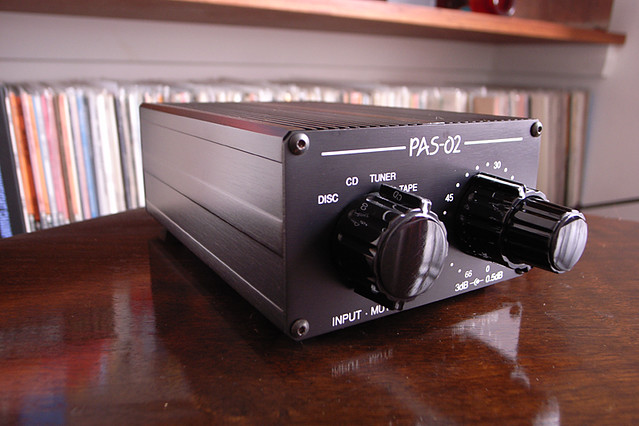striped67
Active Member
Still patiently waiting for the Audiolab DQ, but also weighing up my options. Frustrated with the lack of alternative DAC + Pre units in the same price range (sub £1k) has got me thinking about using a "Passive Pre".
A good example might be a Rega DAC and a Creek OBH-22, which together would come in at roughly the same price as a DQ. It ticks all the right boxes, except for a remote control for the DAC.
Anyone using a similar setup?
A good example might be a Rega DAC and a Creek OBH-22, which together would come in at roughly the same price as a DQ. It ticks all the right boxes, except for a remote control for the DAC.
Anyone using a similar setup?


